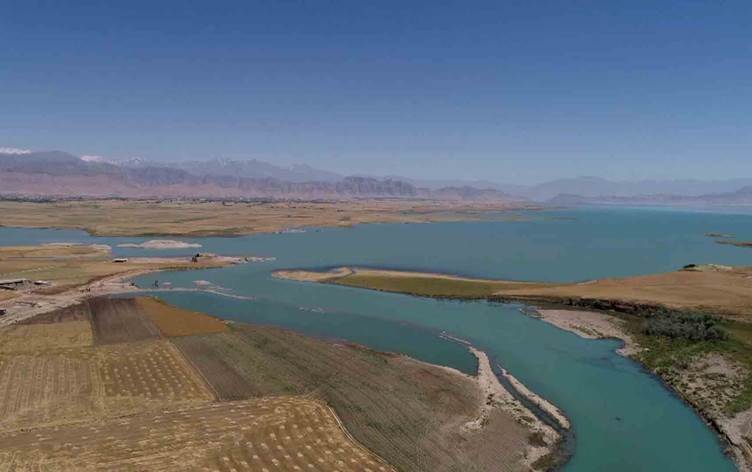Fears of Disappearance of the Lower Zab in 2030
Water levels in the lower Zab is reduced by 5 cm/day and the banks of the river decrease by 30 cm/week. The Zab River collects 80% of water from the Mountains of Mahabad, Sardasht and Piranshar in Iran, and despite drought and scarcity, the Iranian authorities stop the water flow to Zab from time to time.
“We have been monitoring level of the water continuously for 10 days, this level in the river is dropping by 5 cm/day, and over the past week has dropped by 35 centimeters, which we have never seen in the past years,” a water engineer Marouf Mohammed said.
Lower Zab depends on 20% of the water from Qandil Mountains in Kurdistan Region Iraq, and the river produces 150 megawatts of electricity, feeds 3,000 dunums of agricultural land, and builds 400 fish farming projects.
Lower Zab is considered the main source of drinking water for a large part of Raparin administration, Sulaimaniyah, Kirkuk, Chamchamal and Duzkhurmatu.
“In 2030, there’s nothing left called lower Zab, and if there is not urgently established to complete Dalke dam, which we have demanded and prepared since 2017, we will face the problems of agriculture, electricity and livestock, and the problem of drinking water will extend,” head of the QalaDze water department, Muhammad Hussein said.
Rudaw visited the upper Zab site in Barzan, which feeds from the waters of Sheena, Rokojek and Kunmar rivers, and no dams were built on it.
“At the beginning of July, the level of water in all three rivers decreased significantly, as happened last September, which poses a major threat, although the construction of three dams which is Iraqi and Turkish governments have agreed to build have not started on the upper Zab, and we will certainly face waterless problems in the coming years,” surrogate of Mergasur district, Ghafur Ahmed told Rudaw media network.
In Balakayati, snow and springs have formed five rivers. With water levels decreasing compared to the previous years, these five rivers enter the Tigris River without any dams or barriers that stops the water flow.
“Without a doubt, there will be a great danger if we continue to be indifferent to water, we see the rivers of the region receding on a weekly basis and water levels significantly reduced, and the decline in the river levels may not affect mountainous areas significantly, but over time the problem will also worsen” hydrology specialist Sherwan Sharif told Rudaw Media Network.
So far, there are eight dams in the Kurdistan Region, capable of 87 million and 47,000 cubic meters, and the eight dams, despite the benefit of the region’s cities, are also of great benefit to central and southern Iraq.




